You’ll uncover three groundbreaking Bronze Age metalworking techniques that revolutionized ornamental craftsmanship. First, artisans mastered clay mold casting, using two-part molds to create intricate bronze pins and jewelry with remarkable consistency. Second, they developed sophisticated post-casting decoration methods, employing chisels and punching tools to add detailed spirals and patterns. Third, they pioneered two-part assembly techniques for complex designs that single molds couldn’t achieve. These innovations showcase how ancient craftspeople transformed raw materials into status symbols that reflected both technical mastery and cultural identity.
Clay Mold Casting for Bronze Ornaments and Pins
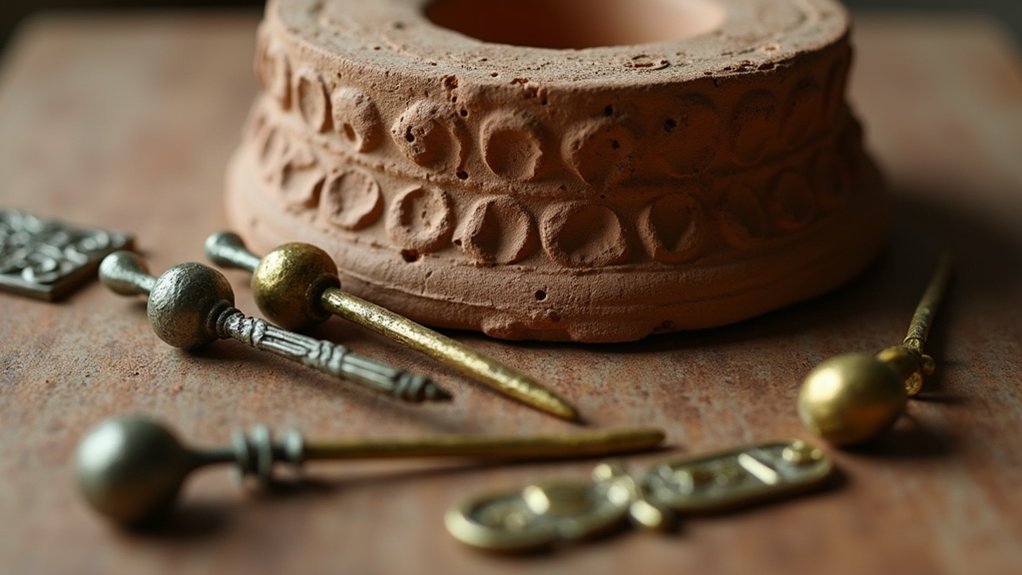
Although bronze casting required considerable skill and knowledge, Bronze Age artisans mastered clay mold casting to create stunning ornamental objects and functional pins.
Bronze Age craftspeople demonstrated remarkable expertise, transforming molten metal into intricate ornamental pieces through sophisticated clay mold casting techniques.
You’ll find that these skilled craftspeople used two-part clay moulds, filling them with molten bronze to achieve intricate designs. The casting process enabled efficient mass production while maintaining design consistency.
When you examine examples like the bronze sunflower pin, you’re seeing remarkable metalworking techniques that’ve been replicated in modern workshops.
Artisans didn’t stop at casting—they enhanced their bronze ornaments through post-casting decoration using tools like lathes. These decorative techniques allowed them to engrave and emboss unique patterns, giving each piece distinctive characteristics that showcased their extraordinary craftsmanship and artistic vision.
Post-Casting Decoration Techniques Using Ancient Tools
Bronze Age artisans transformed their cast objects into masterpieces through sophisticated post-casting decoration techniques that pushed the boundaries of ancient metalworking.
You’ll find that these craftspeople relied on experience rather than modern temperature gauges to achieve desired effects. They’d use chisels and abrasive materials during decoration phases, refining bronze items with remarkable precision.
When you examine sunflower pins, you’ll notice intricate patterns achieved through punching or hand-applied spirals. Some artisans likely used lathes for enhanced accuracy.
These techniques created raised rims and decorative elements that presented significant construction challenges, requiring exceptional craftsmanship and tool knowledge. The various tools and methods contributed to distinctive regional styles that showcase ancient metalworking expertise across different Bronze Age cultures.
Two-Part Assembly Methods for Complex Jewelry Pieces
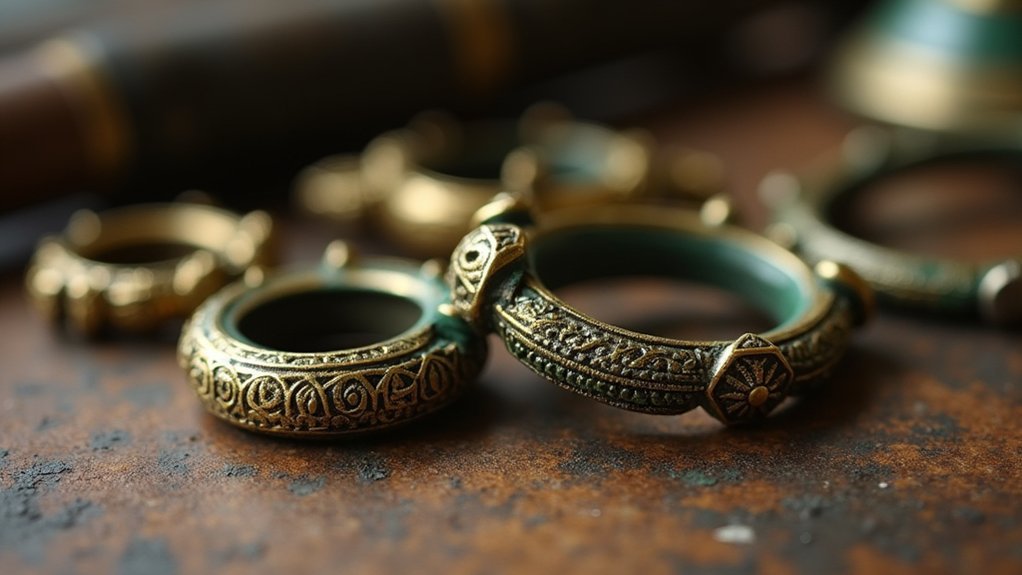
When Bronze Age artisans faced the challenge of creating intricate jewelry designs, they developed ingenious two-part assembly methods that revolutionized their craft.
You’ll find that these craftsmen used clay molds to cast complex shapes like sunflower pins, dividing complicated designs into manageable segments. This two-part assembly technique allowed you to create more elaborate jewelry pieces than single-mold casting could achieve.
The process required skilled craftsmanship, particularly when fitting raised rims and ensuring proper alignment between components.
After casting, you’d apply post-casting decoration to refine aesthetic details.
These advanced techniques weren’t merely functional—they enabled Bronze Age societies to display social status and personal identity through increasingly sophisticated metalwork that demonstrated both technical mastery and artistic vision.
Frequently Asked Questions
How Was Metal Made in the Bronze Age?
You’d smelt copper and tin together to create bronze, using clay or sand molds for casting. You’d manage temperatures around 1,085°C for copper, often recycling older bronze items by melting them down.
What Discoveries Were Made in Bronze Age?
You’d find remarkable discoveries like the Dores hoard near Inverness, containing complete bronze objects, fragments, and casting waste. You’ll see intricate decorated pins, tools, and sophisticated stone molds revealing ancient artisans’ advanced metalworking skills.
What Techniques Were Used in the Bronze Age Mining?
You’d use wooden hammers and chisels to extract copper and tin from surface outcrops and shallow pits. You’d then smelt the ores in basic furnaces, achieving high temperatures through bellows to separate metals.
How Was Metalworking Discovered?
You’d discover metalworking through accidental smelting when copper ore heated near fires around 6000 B.C. in the Fertile Crescent, where you’d notice molten metal forming and realize you could shape it into tools.
In Summary
You’ve discovered how Bronze Age artisans mastered sophisticated techniques that’d rival modern craftsmanship. When you’re examining ancient jewelry, you’ll recognize clay mold casting that created intricate ornaments, post-casting decoration that added fine details, and two-part assembly methods that produced complex pieces. These weren’t primitive methods—they’re refined processes that you’d find challenging even today. You can appreciate how these ancient metalworkers combined technical skill with artistic vision to create lasting masterpieces.

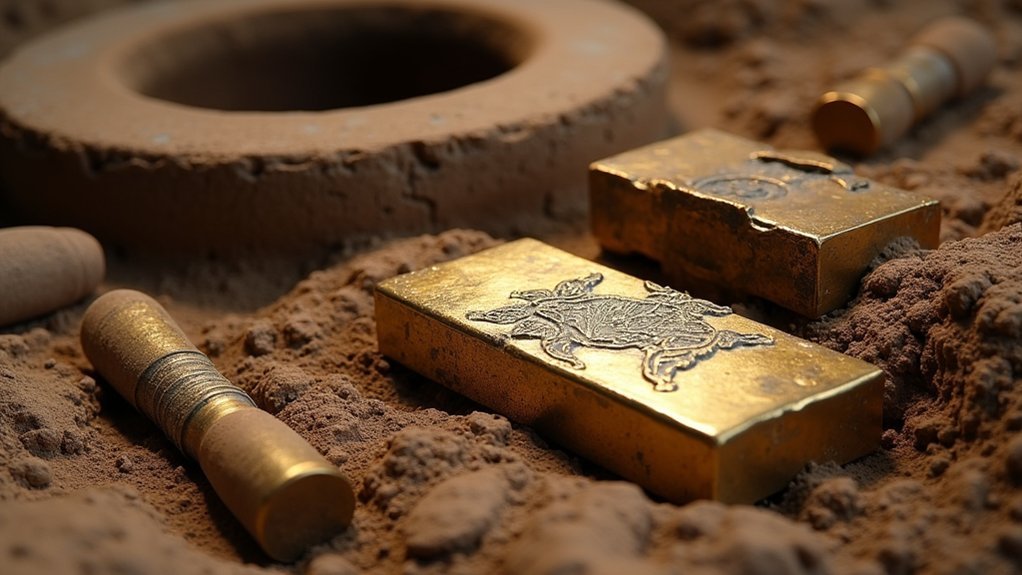
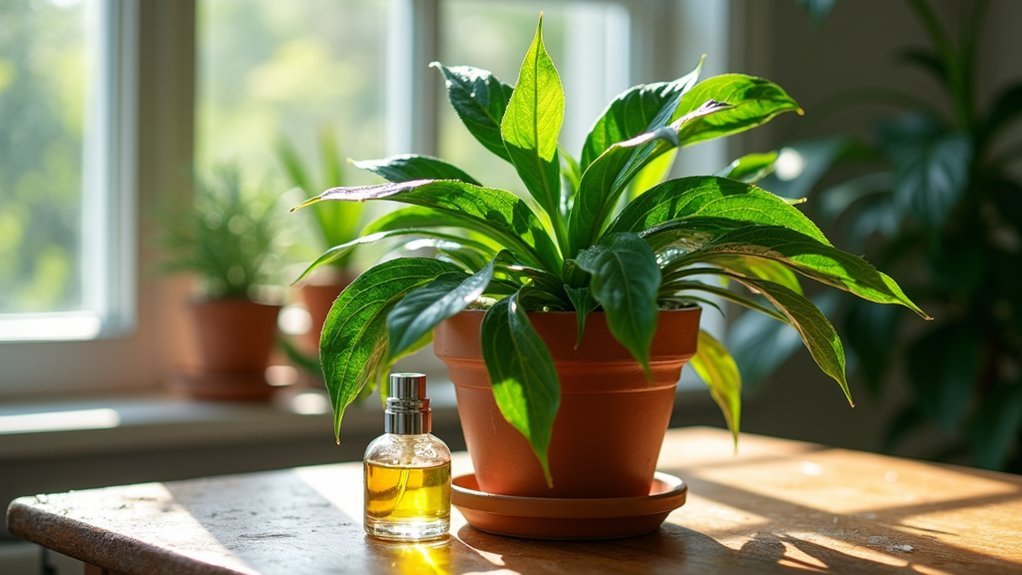
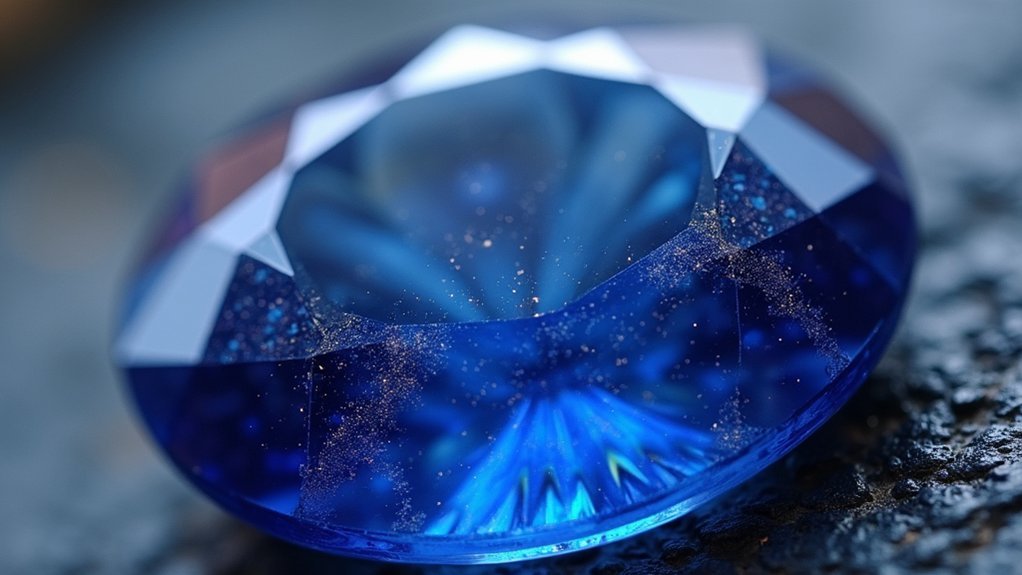
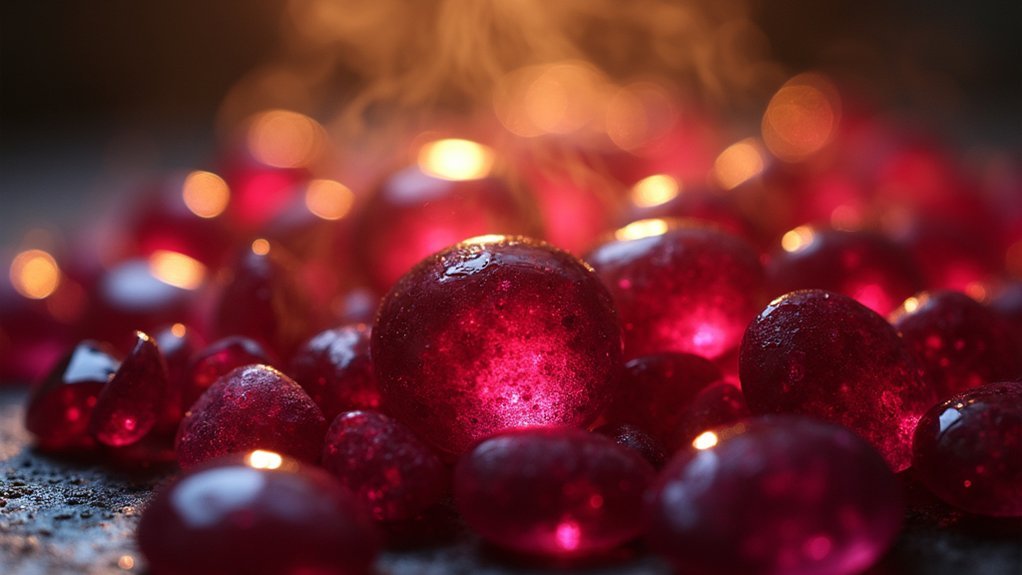
Leave a Reply